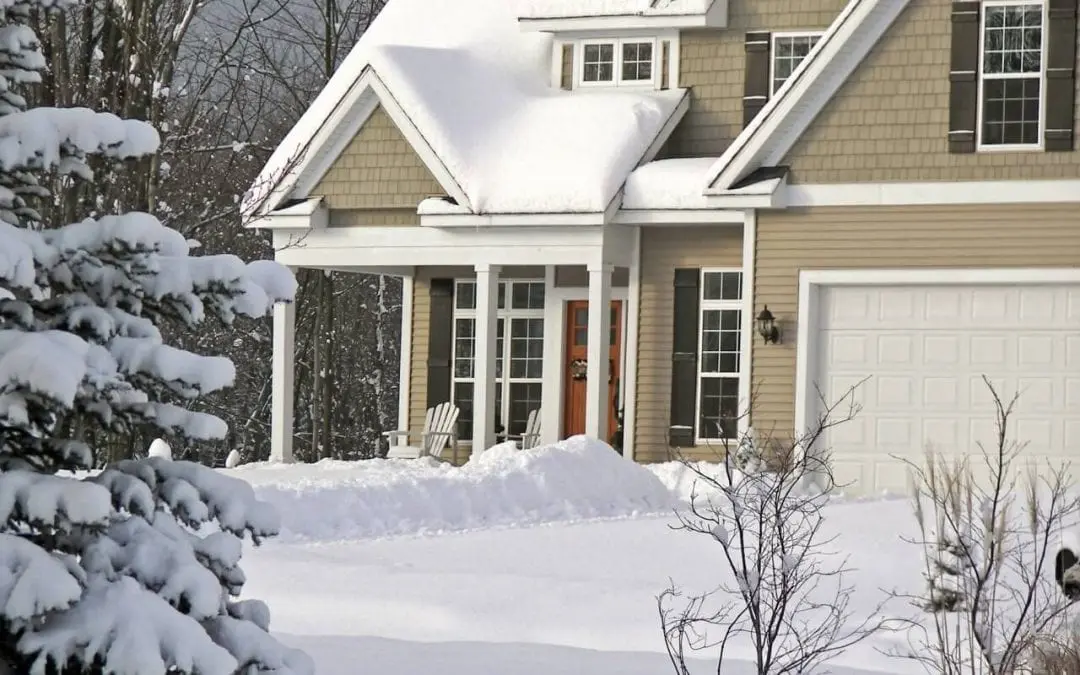Moving into a new home is a difficult job any time of year, but it gets even harder when it takes place during the winter months. Moving in the winter, while challenging, doesn’t have to be impossible. It just takes some good planning and organization. These five tips will simplify your cold-weather move.
Moving in the Winter Requires Backup Plans
Winter weather can disrupt your moving plans. If you are assuming that you will definitely be able to drive a certain route, stay dry, and have your vehicle work perfectly, you may be disappointed.
Plan alternate routes for all but the shortest moves. Remember that bridges, overpasses, and hills may be slick and impassable. Have a backup itinerary in case of a snowstorm. Keep jumper cables and other winter emergency equipment in every vehicle that will be used for the move.
Prepare Walking and Driving Surfaces Before Moving in the Winter
When you move, you will be carrying heavy boxes and furniture across driveways and sidewalks. These surfaces can be icy and slippery during winter. Moving in the winter combines those two struggles and creates real danger. Before you start any other work, clear surfaces at both locations. Shovel them off and apply salt in advance so that conditions can improve before you take the first load out.
Have Access to Cold-Weather Gear
The biggest mistake you might unwittingly make when moving in the winter is packing up your winter gear. Snow boots, warm coats, shovels, ice melt products, and gloves should be placed in a working area of the house well in advance of the move, ideally before you even start to pack.
Take Your Time When Moving in the Winter
The moving schedule you would have for warm weather may not work in the winter. The cold weather and snow will make the move take longer. Build in time to drive at a slower speed, walk more carefully, and take breaks. Get an area set up in each house for people to take a break. Have a space heater or a hairdryer available for help get warm and dry off.
Use Extra Protection When Packing
During a wintertime move, your belongings will need extra protection. Be careful not to leave anything outside longer than you have to. Also, transport those items that are sensitive to temperature inside a passenger compartment rather than a box truck or pickup bed. Cardboard boxes disintegrate when they get wet, so use plastic bins instead for your winter move. Add extra padding when packing fragile items. Slick spots can cause unexpected falls, making things break that aren’t protected.
A wintertime move is very different from moving in the summer. Use these tips to keep it simple and manageable.
JBS Home Inspection provides home inspections to Greater Boston. Contact us if you are buying or selling a house.

